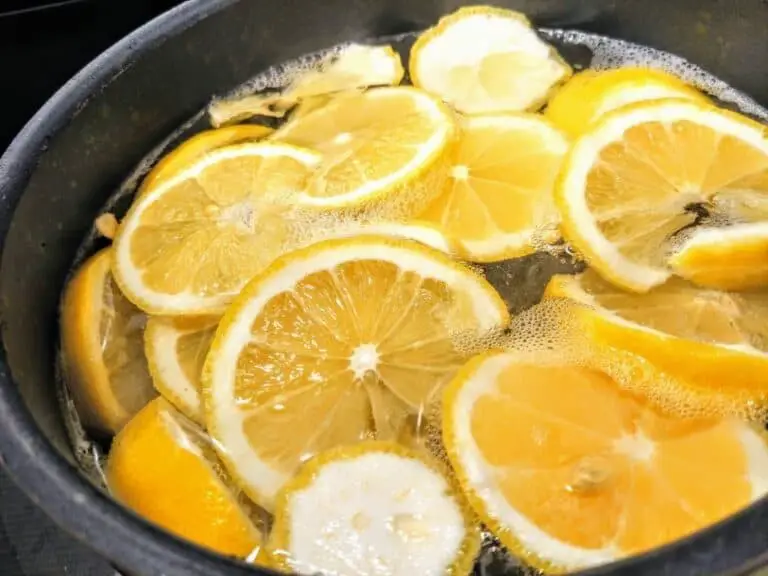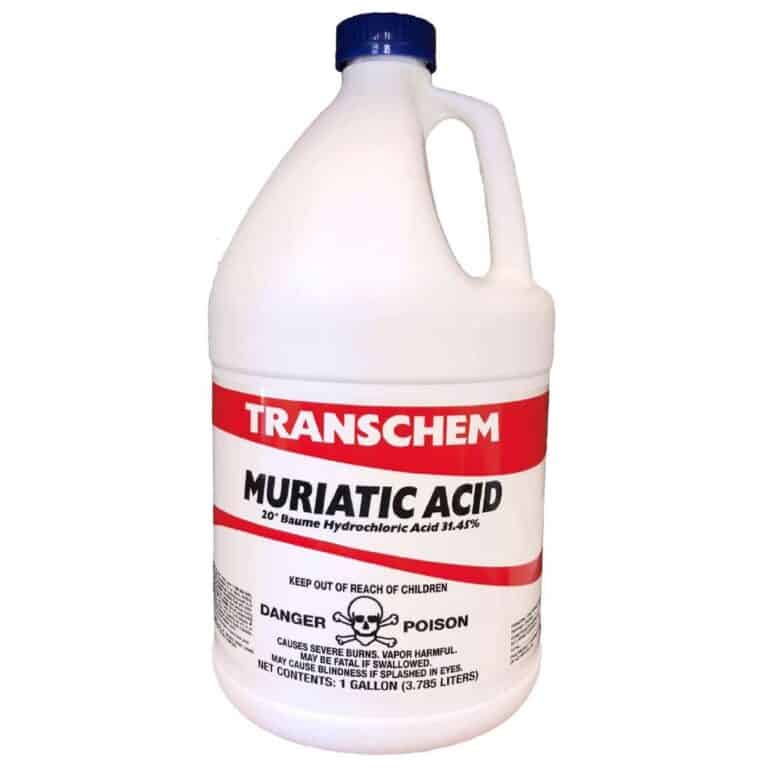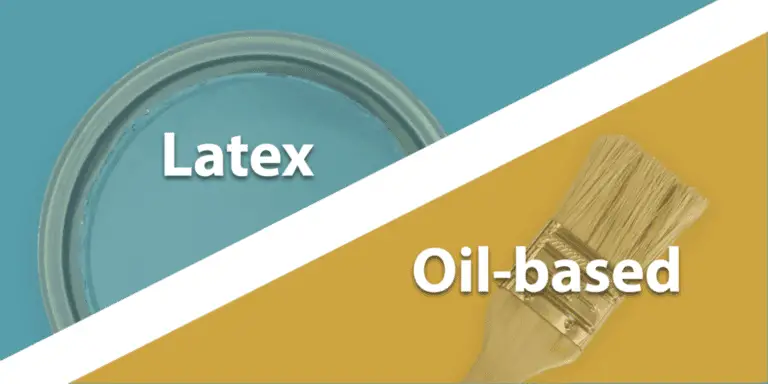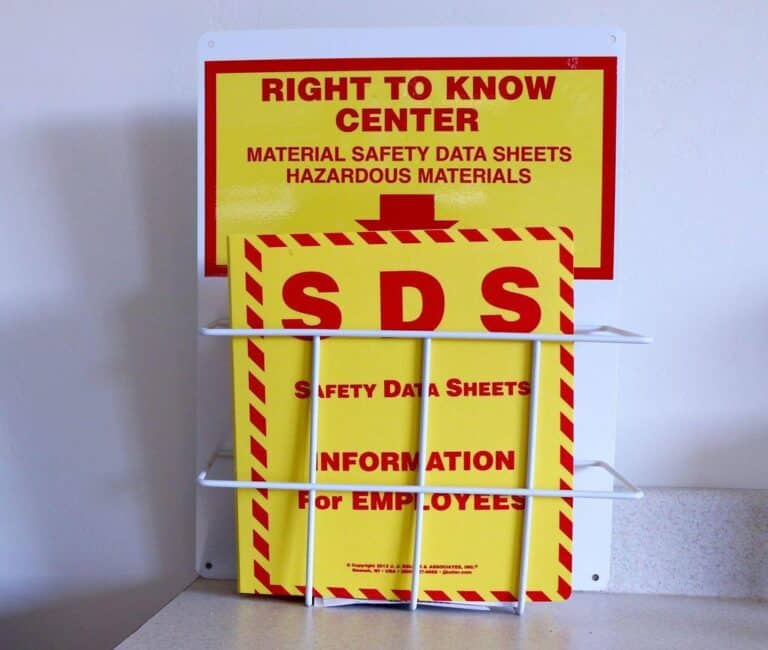Non Latex Makeup Sponges: Latex Free Advantages & Disadvantages
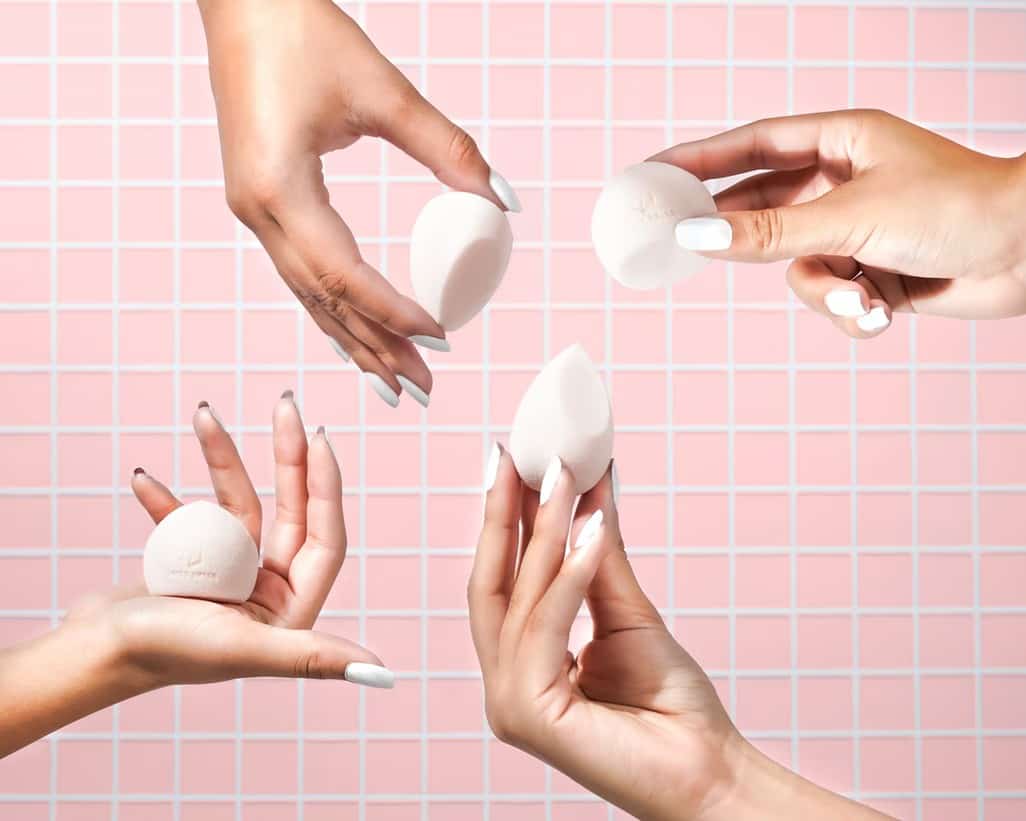
As a woman who wears makeup, I know the importance of using the right tools to apply it. One of those tools is a makeup sponge. Makeup sponges come in all shapes and sizes, but most of them have one thing in common: they’re usually made of latex.
If you’re one of the many people with latex allergies, you know the struggle of finding makeup products that won’t make your skin break out in a rash. Even something as seemingly innocuous as a makeup sponge can contain latex, which is derived from rubber trees.
Although natural rubber latex has been used in products for centuries, only recently have manufacturers begun to produce latex-free alternatives.
While many people are familiar with the traditional latex makeup sponge, there is now a new option on the market – the non latex makeup sponge. These sponges are made from a variety of materials, including silicone, cellulose, and even bamboo.
They are designed to be gentle on the skin and provide a flawless finish. Whether you have sensitive skin or just prefer to avoid latex, non-latex makeup sponges are a great option for achieving perfect makeup application.
This article will discuss makeup sponges and whether or not they have latex. Many people are allergic to latex, so it is important to know if makeup sponges contain latex.
Makeup Sponges Made Up Material
There are several types of makeup sponges, with synthetic cosmetic sponges being the most popular. These sponges are composed of polyurethane, which is a substance that is pleasant on the skin since it is soft, porous, and breathable.
Synthetic cosmetic sponges are also extremely absorbent, making them ideal for removing extra foundation and powder from the face.
A different kind of cosmetic sponge is created using organic makeup sponge materials like konjac root or sea sponges. These sponges are best for those with sensitive skin since they are frequently softer and gentler than synthetic sponges.
Do Makeup Sponges Have Latex?
There are a variety of different types and brands of makeup sponges, but one question that is often asked is: do they have latex?
The answer to this question is both yes and no. Latex is a natural material that is used in many products, including some types of makeup sponges. However, not all makeup sponges contain latex. It really depends on the brand and type of sponge you purchase.
There are also synthetic materials that can be used to make makeup sponges that do not contain latex. You can find latex-free makeup sponges made from materials like silicone, polyester, or even just good old-fashioned cotton.
The bottom line is that there are makeup sponges available to suit everyone’s needs and preferences—so don’t worry if you can’t find one that’s right for you, because chances are, there is one out there!
However, if you don’t have any allergies or preferences, either type of sponge will work just fine.
Latex vs. Latex Free Makeup Sponge: Advantages & Disadvantages
Latex makeup sponges have been the go-to tool for applying makeup for years, but recently, latex-free sponges have been gaining popularity.
Many people use makeup sponges to apply their foundation, concealer, and powder. However, some people are allergic to latex and cannot use latex-based sponges. There are several reasons why someone might want to use a latex-free sponge.
First, as mentioned, some people are allergic to latex. If you have a latex allergy, you may experience itchiness, redness, swelling, and difficulty breathing if you come in contact with latex. Makeup sponges that are not made with latex will not cause these reactions.
Second, latex-free sponges tend to be more gentle on the skin. If you have sensitive skin or conditions like rosacea or eczema, using a sponge that does not contain latex may help to reduce irritation.
Finally, using a latex-free sponge is more environmentally friendly.
So, below are the summary of the advantages and disadvantages between the two?
| Latex | Latex Free |
| Made of Latex. | Made of synthecitc: polyurethane or polyester. |
| When spread out, sponge particles are rougher. | When spread out, sponges feel smooth. |
| Bouncy. | Less bouncy. |
| Unchanged size when put in water | They grow in size when put in water. |
| Absorb more products. | Absord less products. |
| More expensive. | Less expensive. |
How Is Latex Makeup Foam Made?
Most of us have probably used latex makeup foam at some point in our lives. This type of makeup has a spongy texture and is often used to apply foundation or concealer. But have you ever wondered how latex makeup foam is made?
Latex makeup foam is made from a substance called latex. Latex is a natural material that comes from rubber trees. It’s harvested and then processed to create the foam.
The latex is mixed with other ingredients like water and glycerin. This creates a liquid mixture that’s put into molds. The molds are then put into a freezer. As the mixture freezes, it expands and forms the foam.
Once it’s frozen, the foam is taken out of the mold and cut into pieces. It’s then ready to be used in makeup products like foundations, concealers, and powders.
Latex Allergy Reaction from Makeup Sponges
Latex allergy reactions are becoming more and more common. Latex allergies can cause a variety of symptoms, including skin rashes, hives, and difficulty breathing. In severe cases, anaphylaxis can occur.
Anaphylaxis is a life-threatening reaction that can cause swelling of the throat and airway, leading to difficulty breathing.
A woman who had a severe allergic reaction to latex makeup is warning others about the hidden dangers of cosmetics.
The woman, who wishes to remain anonymous, was left with painful welts and swelling after using a foundation that contained latex.
She says she had no idea that the makeup she was using contained latex, and is now urging others to check the labels of their cosmetics carefully.
Do You Wash Makeup Sponges?
Most women use makeup sponges to apply foundation, concealer, and powder. But how often do you wash your makeup sponges? If you’re not washing them regularly, you could be exposing yourself to bacteria and other harmful organisms.
Makeup sponges can harbor all sorts of bacteria, including E. coli and Staphylococcus aureus. If you have sensitive skin, these bacteria can cause breakouts or other skin problems. And if you use your makeup sponge to apply eye makeup, you could be putting yourself at risk for an eye infection.
So, how often should you wash your makeup sponge? Ideally, you should wash it after each use. But if that’s not possible, aim to wash it at least once a week. Just use soap and water and rinse thoroughly. Then let it air dry before using it again.
Non Latex Makeup Sponges: Conclusions
Makeup sponges are a necessary tool for many people who wear makeup. They can be used to apply foundation, concealer, powder, and other makeup products.
Non latex makeup sponges are a great alternative for those with latex allergies or sensitivities. They are also eco-friendly and easy to use. Give them a try next time you need a makeup sponge!
Latex free makeup sponges are also more gentle on the skin and can be used with all types of makeup, including foundation, concealer, powder, and cream products.
Non latex makeup sponges are easy to find in stores and online, and they are typically very affordable.

